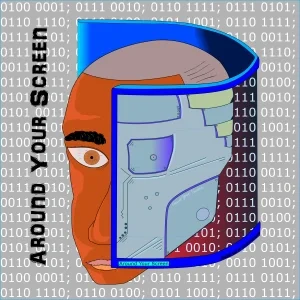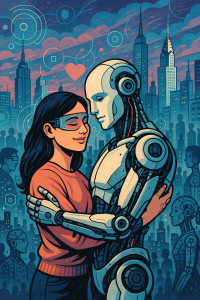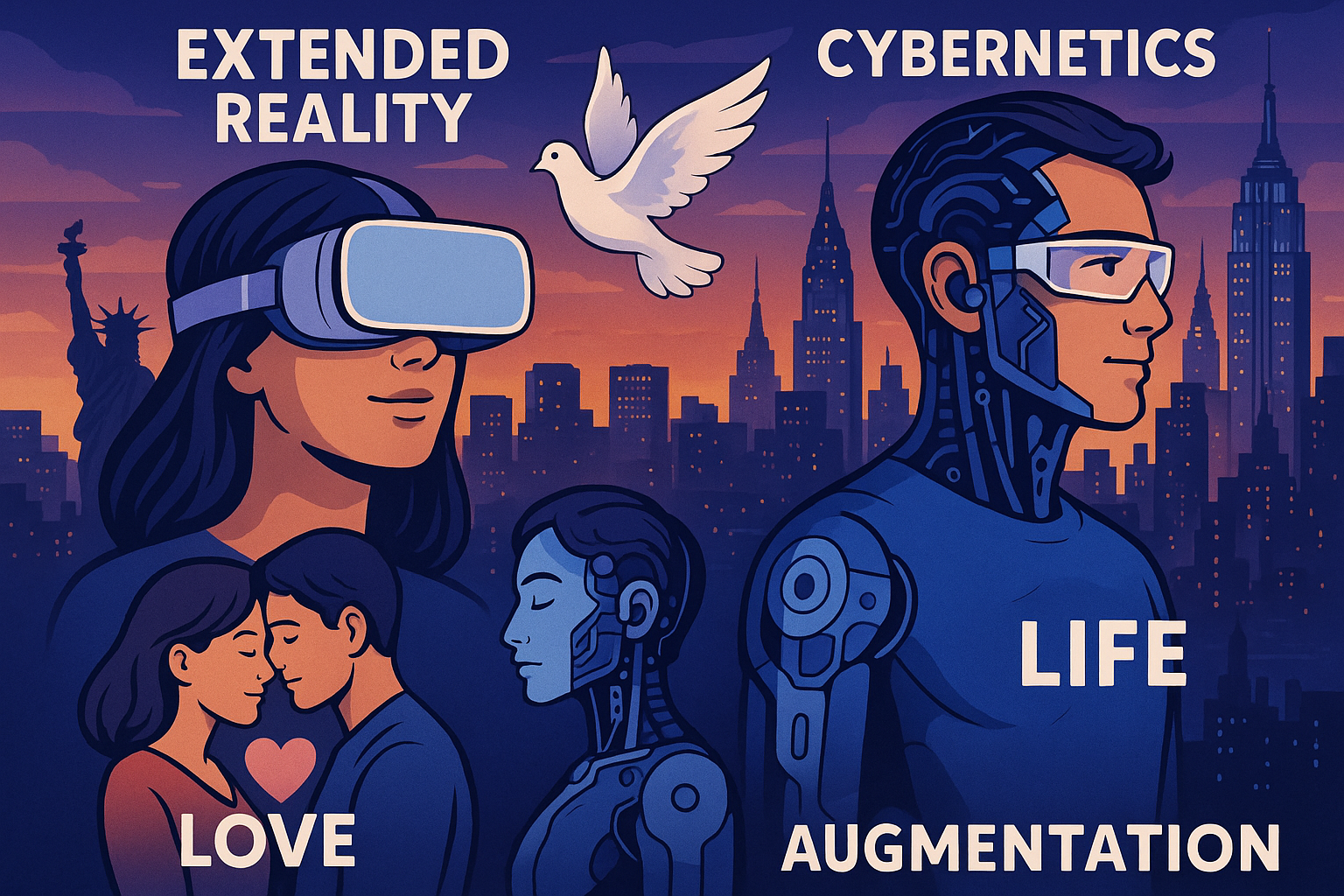
The trajectory of technological achievements across human history has always shaped the contours of our societies, but in recent decades this evolution has accelerated under the influence of advanced digital technologies. Among the most transformative are the convergence of Extended Reality (XR), cybernetics, and augmentation sciences, especially as these advances relate to our experiences of love, peace, and life itself. Standing at this intersection, we find not only new tools for creation and connection but also profound questions about what it means to be human. These innovations penetrate deeply into personal and public spheres, altering the very fabric of social interaction and individual identity, particularly in cosmopolitan hubs like New York where the pulse of progress is often most acutely felt.
The rise of Extended Reality—encompassing Virtual Reality (VR), Augmented Reality (AR), and Mixed Reality (MR)—brings with it the potential for imaginative accumulation on an unprecedented scale. Imaginative accumulation refers to the process through which collective and individual imaginations generate new layers of meaning and experience via technological mediation. In VR spaces, individuals can engage in experiences that were once only fanciful dreams, from traversing reconstructed cities to encountering digital beings that exhibit lifelike affect and behavior. As XR technologies mature, they not only amplify creativity but also facilitate new forms of love, empathy, and understanding within societies. Through immersive storytelling and simulated social interaction, XR is already proving to promote a sense of peace and interconnectedness that transcends traditional boundaries.
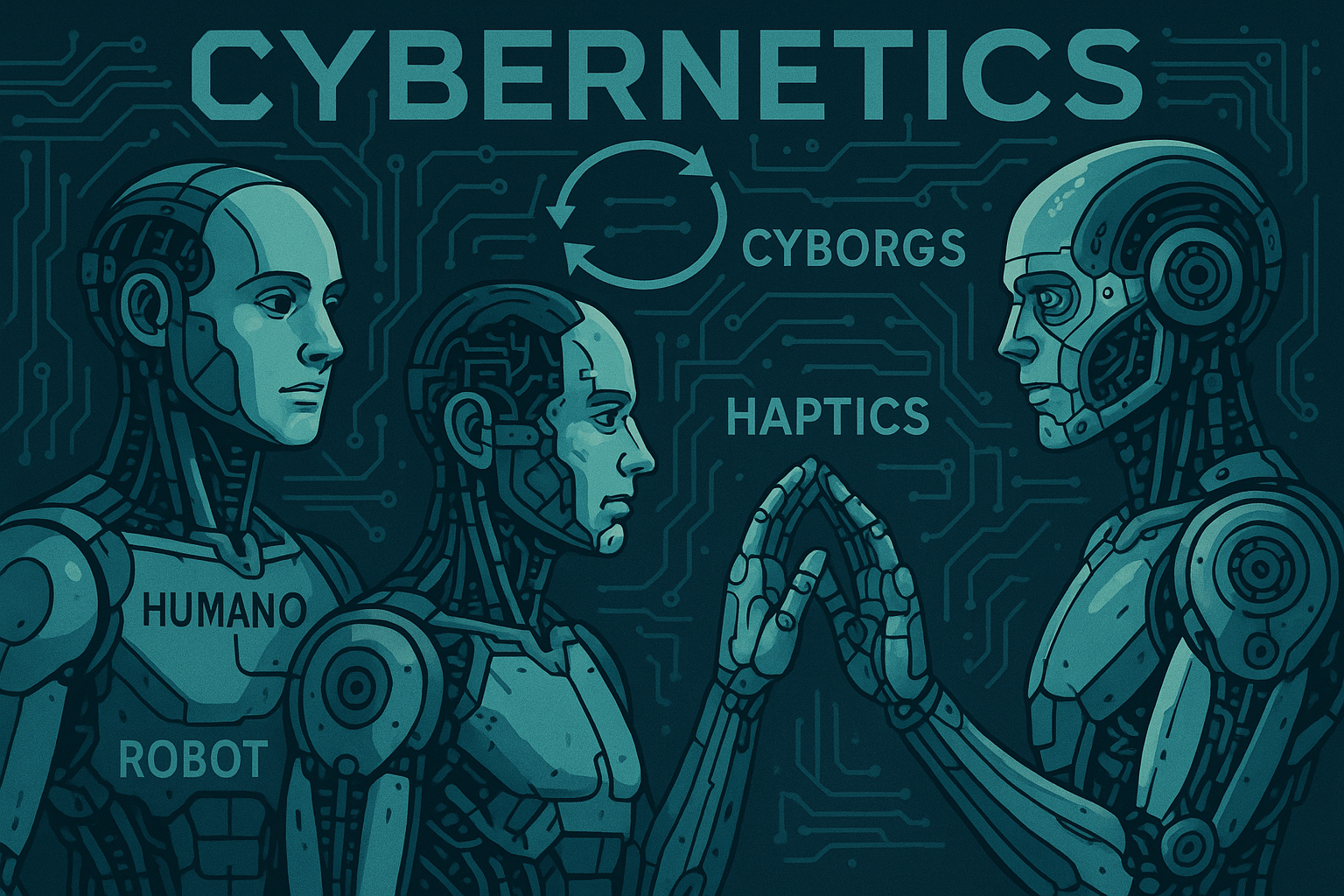
The influence of cybernetics—the science of communication and control in living beings and machines—expands these possibilities further, laying the groundwork for deeply integrated humanoid robots and cyborgs. Cybernetic feedback loops lie at the heart of these systems, allowing for real-time adaptation and learning based on sensory input. Humanoid robots no longer simply mimic human appearance; they now echo social cues, emotional responses, and nuanced gestures. When these robots are augmented with haptics—technologies enabling touch and physical feedback—they foster ever more convincing and meaningful interactions. The line blurs between organic and synthetic, especially for cyborgs, who use embedded technology to augment their physical and cognitive capabilities. In turn, such augmentations spark broader societal shifts as notions of human limitation become more fluid.
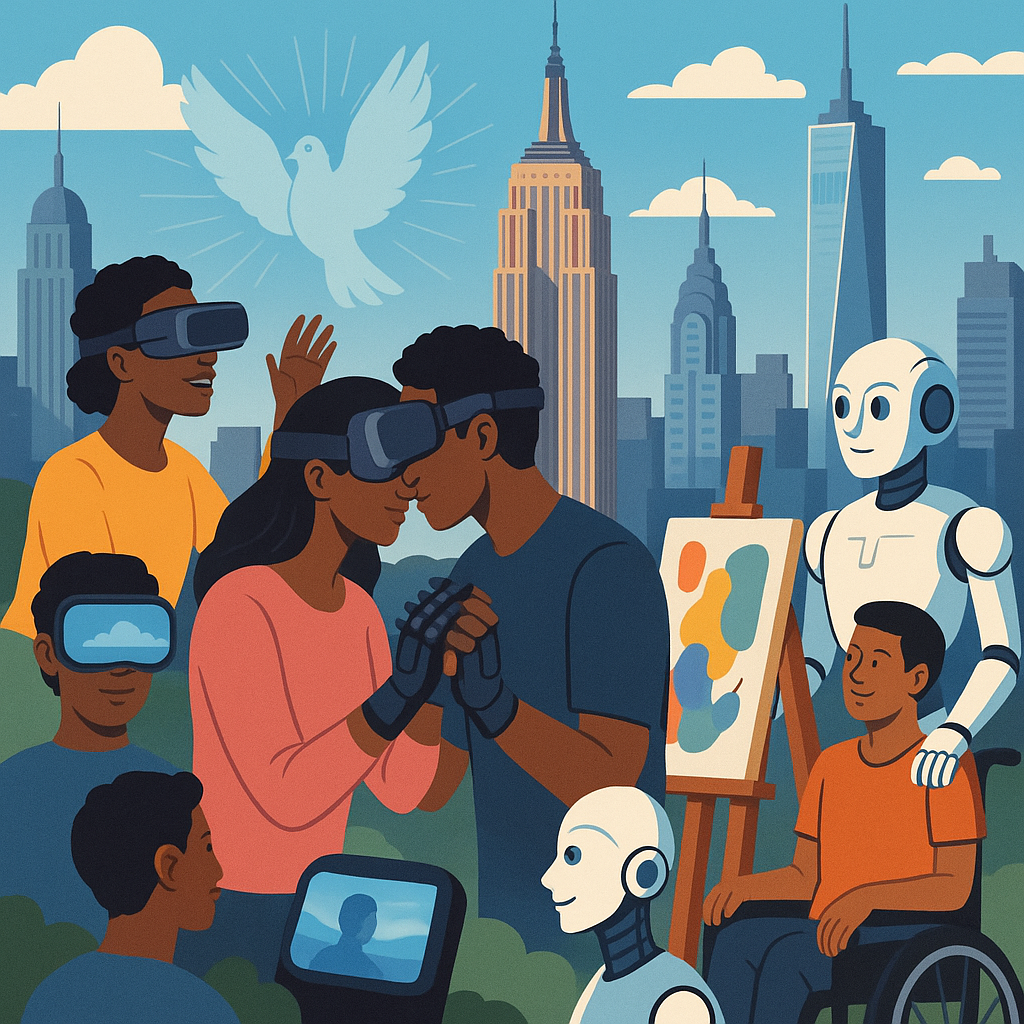
In New York, a global epicenter for innovation, the interplay of these technologies manifests in diverse ways, both socially and culturally. The city’s multifaceted populations leverage XR and robotics in fields ranging from mental health and education to art and urban planning. As haptics advance, the potential for remote relationships—romantic, platonic, or familial—to gain unprecedented intimacy becomes real. Cyborg artists use neural interfaces to reinterpret life through digital expression, while robotic assistants create accessible environments for individuals with disabilities. These evolving technologies become woven into the social fabric, changing not just how New Yorkers interact but how they understand love, peace, and shared experience, thus setting the stage for broader societal transformations.
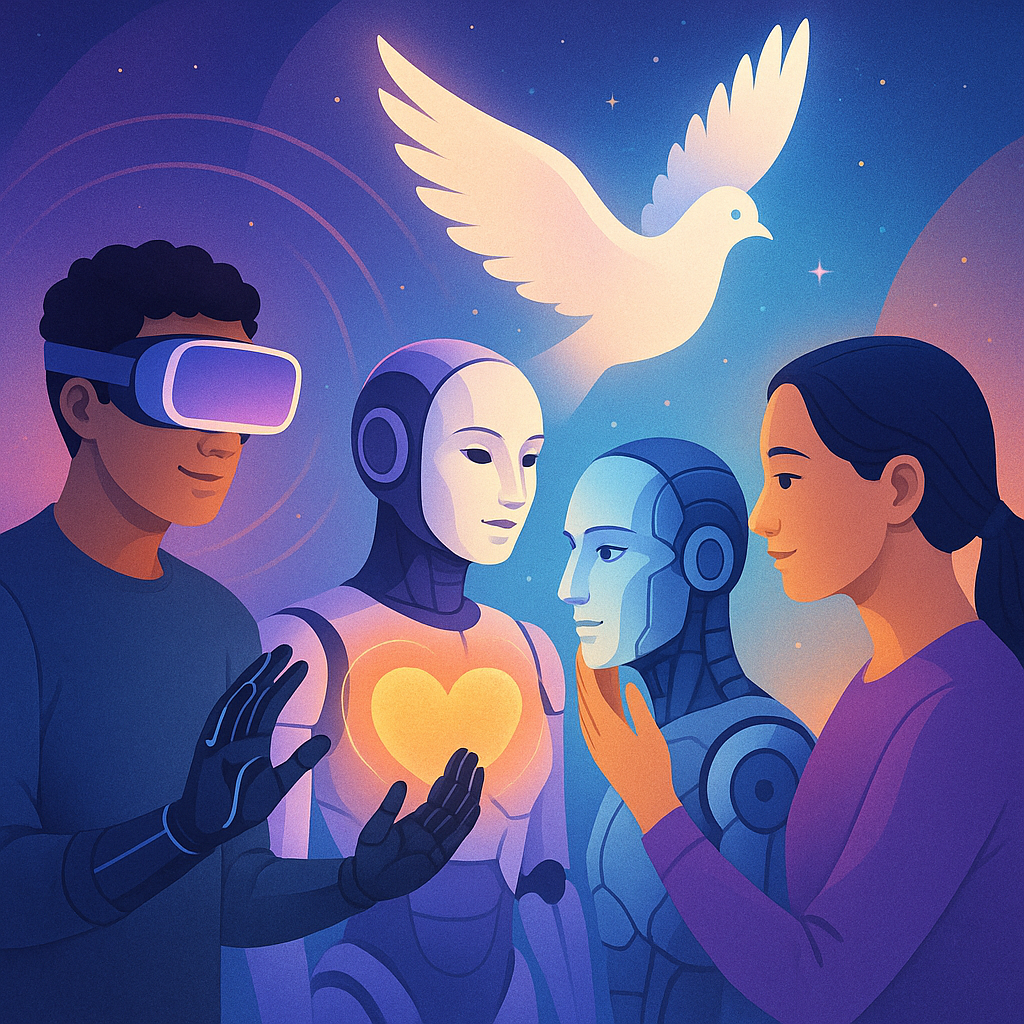
Ultimately, the expanding realm of technologically-mediated experience invites society to reimagine what constitutes a meaningful life. The imaginative accumulation fostered by XR, alongside the cybernetic blending of humans and machines in cyborgs and humanoid robots, opens new avenues for empathy and collective understanding. Haptics and other sensory technologies promise to bridge physical divides and nurture peace even in divided societies. Yet, as we stand on the edge of this future, we must also critically consider issues of access, ethics, and unintended consequences. The promise is immense—technological achievements have the potential to enhance human flourishing, foster love, and sustain peace—provided they are steered with foresight and a commitment to the collective good.
